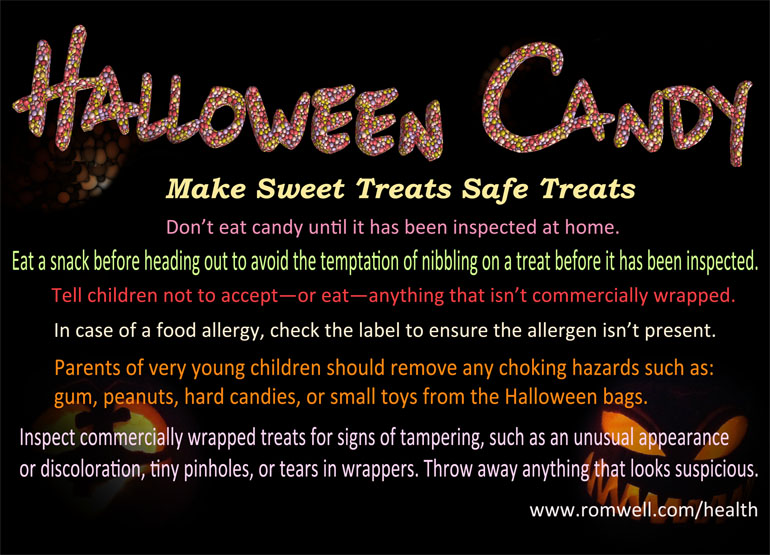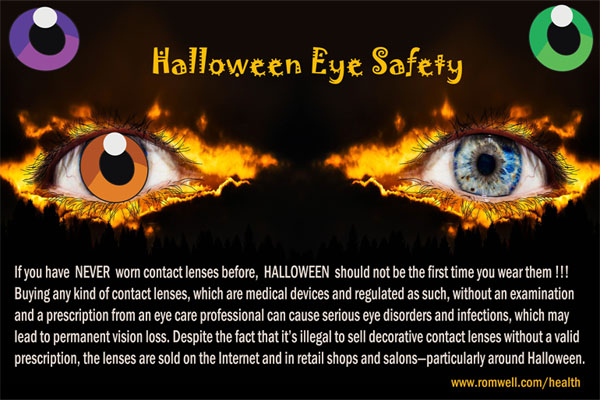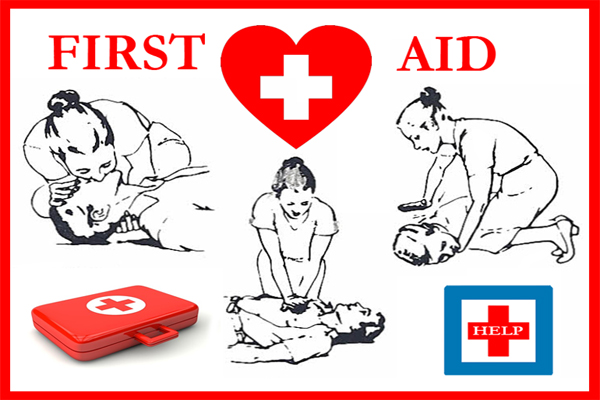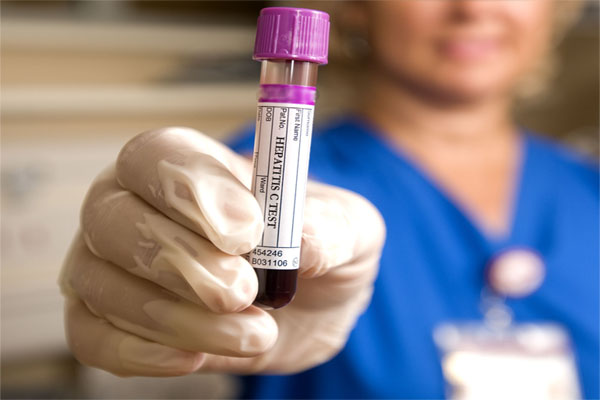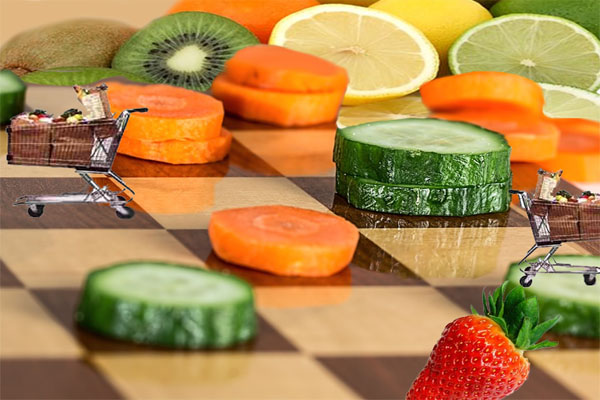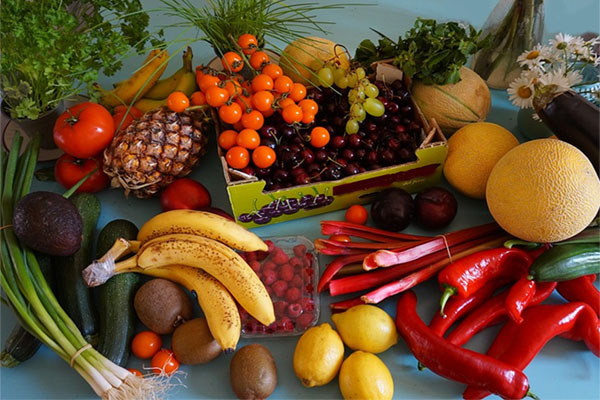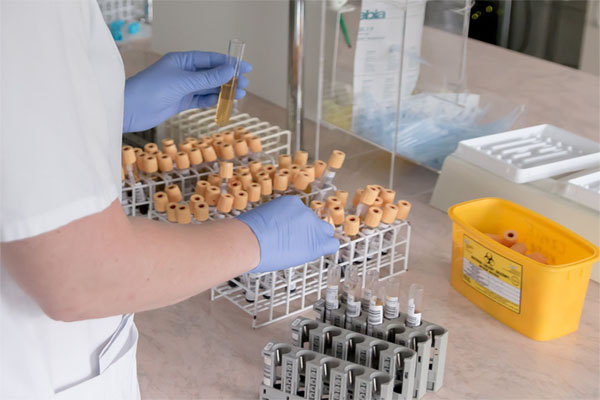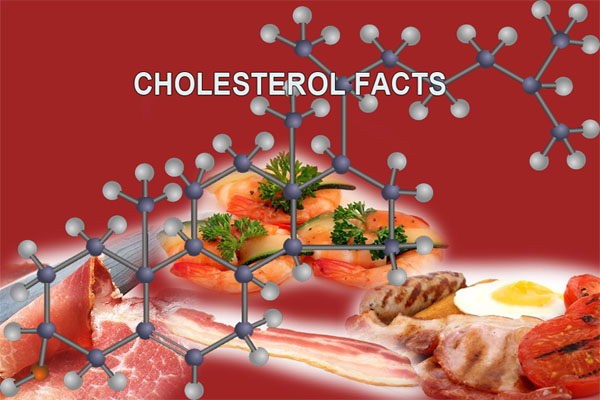Health Pages
Halloween Safety
Halloween Safety
Enjoy a safe and happy Halloween with your kids and family by following these guidelines to avoid injuries that can haunt you and your family long after Halloween.
HALLOWEEN TREATS AND FOOD ALLERGY - Halloween treats may be high health risks to children with food allergies. If your child have a food allergy, you must read the full product label every time and make sure treats are safe for your child. If an item does not have a product label, do not let your child eat it even if it's brand your child previously ate without problems. Sometimes holiday treats are re-packaged by other companies to make assortment packs. Re-packaged treats may have different labels than the products made and sold directly by the company. Also, seasonal or holiday varieties of candies and miniature candies may have different ingredients or be made on different equipment than the regular size candies, meaning that something your child previously ate without problems could cause an allergic reaction.
Keep in mind that most food producers are required by law to list eight major allergens on a label: milk, soy, egg, peanut, tree nut, wheat, fish, and crustacean shellfish, but law does not regulate or require "may contains" advisory statements. If you allow treats, avoid foods marked with cross-contamination labeling.
Children with food allergy should be informed about potential hazards and prepared for emergency situations. Also, teach your child never to taste or share another child's food.
Make sure your child know how to politely turn down home-baked items such as cookies, cupcakes, brownies and other goods.
Remember to always carry epipen, cell phone and have emergency action plan ready to avoid a potentially life-threatening situation!
MAKE HALLOWEEN TREATS SAFE TREATS - Parents should read labels, closely examine Halloween treats, and make sure anything your child is going to eat is sealed and intact to avoid a potentially life-threatening and dangerous situations.
Tell children not to eat candy or any other treat until it has been inspected at home. Also, teach them not to accept—or eat—anything that isn’t commercially wrapped.
Parents of very young children should remove any choking hazards such as gum, peanuts, hard candies, or small toys from the Halloween bags.
NOTE: Make sure your kids have a meal or snack prior to trick-or-treating or Halloween parties to avoid the temptation of nibbling on a treat before it has been inspected or to eat food they shouldn't eat.
RomWell Health Pages - Disclaimer
Our pages are created to provide medically accurate information that is intended to complement, not replace or substitute in any way the services of your physician. Any application of the recommendations set forth in the following pages is at the reader's discretion and sole risk. Before undergoing medical treatment, you should consult with your doctor, who can best assess your individual needs, symptoms and treatment.Browse Health Pages
It doesn't take much to start living healthier life...

